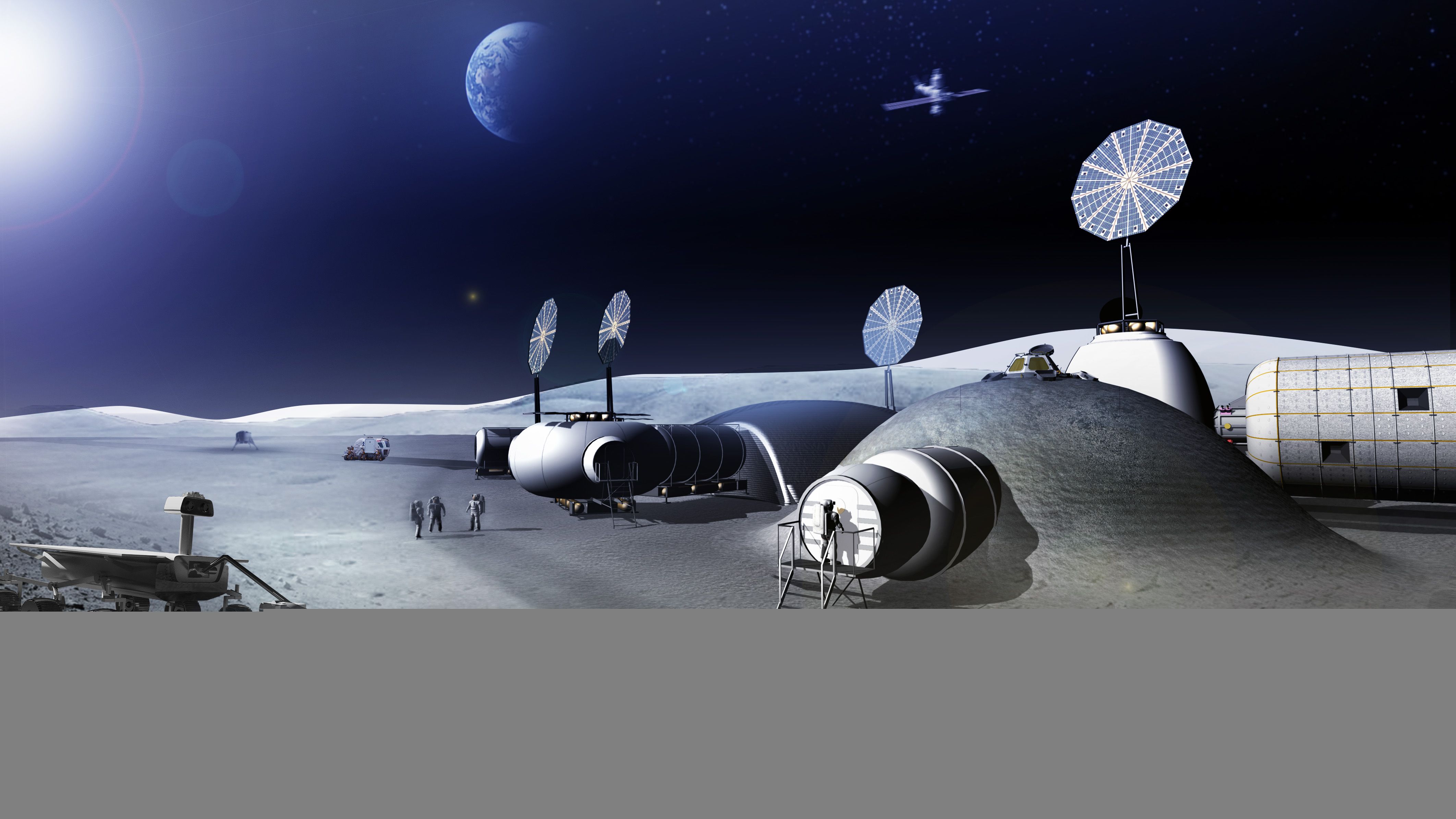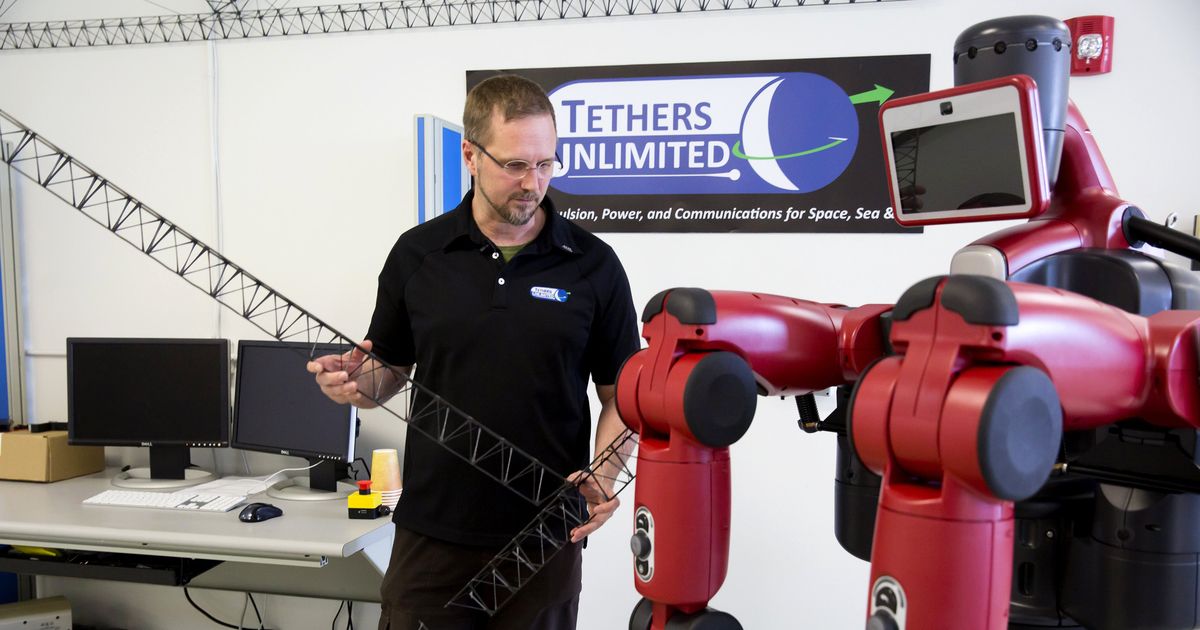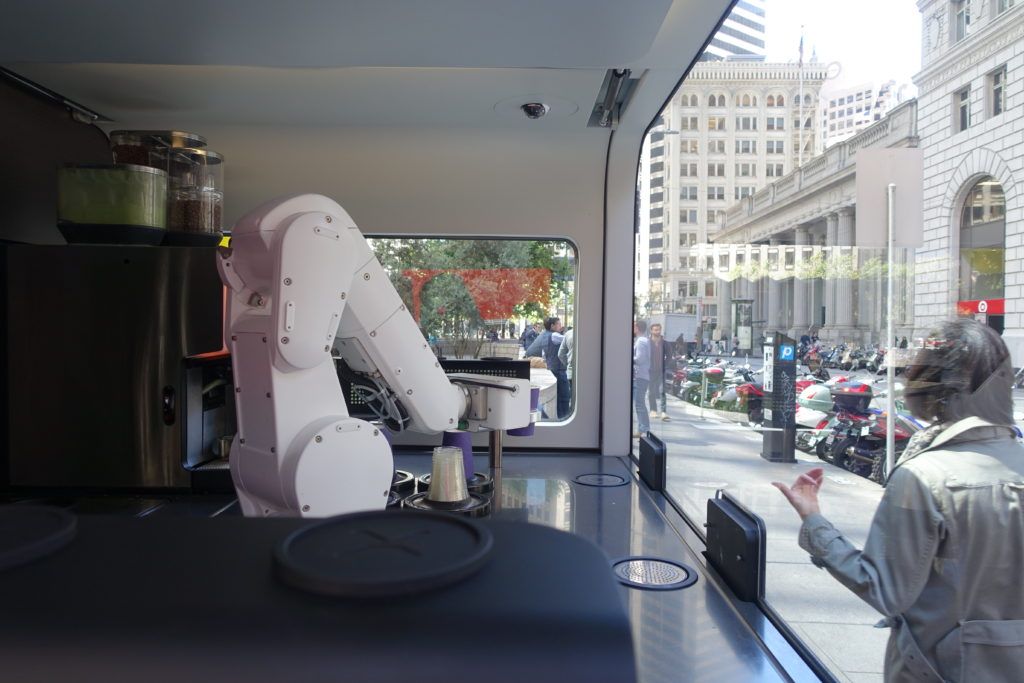Our new Kickstarter project lets you help save the Earth from an asteroid impact! Let’s go #KickAsteroid! https://planet.ly/kickasteroid
Get the latest international news and world events from around the world.

How AI can bring on a second Industrial Revolution
“The actual path of a raindrop as it goes down the valley is unpredictable, but the general direction is inevitable,” says digital visionary Kevin Kelly — and technology is much the same, driven by patterns that are surprising but inevitable. Over the next 20 years, he says, our penchant for making things smarter and smarter will have a profound impact on nearly everything we do. Kelly explores three trends in AI we need to understand in order to embrace it and steer its development. “The most popular AI product 20 years from now that everyone uses has not been invented yet,” Kelly says. “That means that you’re not late.”
TEDTalks is a daily video podcast of the best talks and performances from the TED Conference, where the world’s leading thinkers and doers give the talk of their lives in 18 minutes (or less). Look for talks on Technology, Entertainment and Design — plus science, business, global issues, the arts and much more.
Find closed captions and translated subtitles in many languages at http://www.ted.com/translate
Follow TED news on Twitter: http://www.twitter.com/tednews
Like TED on Facebook: https://www.facebook.com/TED

The First Rejuvenation Therapy Reaches Human Trials
Senolytics developed by UNITY Biotechnology are currently in Phase-1 clinical trials.
Today we are pleased to announce that UNITY Biotechnology is going into human clinical trials with the first true rejuvenation therapy that directly targets one of the processes of aging: senescent cells.
The quiet revolution
In our collective imagination, revolutions start with a bang; however, more often than not, real-life technological revolutions start quietly and unbeknownst to most people. This is pretty much what’s going on with the therapies that aim to prevent or reverse age-related diseases by targeting the aging processes directly.


Russian billionaire declares himself leader of ‘space nation’ Asgardia
A Russian billionaire has held a lavish ceremony at a castle in Austria to declare himself the leader of a new, independent “space nation” called Asgardia.
A Russian billionaire who dreams of one day living in space holds a lavish ceremony at a castle in Austria to declare himself the leader of a new, independent space nation called Asgardia.

Why Older People Are Using the Blood of Teenagers to Live Longer
The secret of life extension from vampires.
Getting older and dying is so inconvenient. Eating a healthy diet and exercising is a good start in warding off death, but if you’re looking to truly up your immortality game, the answer is simple: teen blood. For a whopping $8,000, the old and the wealthy can receive a blood transfusion from a teenager. Yes, you read that right.
At Ambrosia’s clinics in San Francisco and Tampa, Florida, the wrinkled are receiving what founder Dr. Jesse Karmazin simply refers to as a “young blood treatment.” Patients are administered a transfusion of around 0.66 gallons of blood acquired from donors between the ages of 16 and 25.
“It’s like an entire set of new blood,” Karmazin tells Inverse.

Global Moon Village concept
For: Moon Village Association Location: EU, initiated on workshop at ISU in Strasbourg, then created in Prague, Lund, Terracina, London Year of Completion: 2018 Team: space architects Tomas Rousek, Katarina Eriksson, Vittorio Rossetti.
It was very inspiring to see a presentation of Prof. Jan Woerner, ESA director general, at the MVA workshop at ISU in Starsbourg. When we have seen the range of all elements that are encompassed in the vision, it was clear to us that it would be good to illustrate it with more than just one 3D-printed module. With colleagues space architects Katarina Eriksson and Vittorio Rossetti we offered our help to MVA organizers to illustrate the new vision of Global Moon Village. We created 3D concept including more the components of lunar exploration and infrastructure that were mentioned, i.e. modules of ESA, NASA and international and commercial partners, Google Lunar X-Prize rovers and cis-lunar station.
We also proposed facelift concept of logo for MVA, with half moon over O circle.


Cafe X Debuts 2nd Gen Coffee Robot Kiosk in Downtown San Francisco
Cafe X, the robotic coffeeshop startup, debuted its second generation robot barista kiosk on the streets of downtown San Francisco today.
Unlike other dedicated storefront locations, this new version of the Cafe X robot is a standalone kiosk that sits literally on the sidewalk at the corner of Sansome and Bush in SF’s Financial District. In addition to the updated form factor, the new version of the robot can handle multiple drink sizes (8 oz and 12 oz), clear cups, and also does nitro-infused cold brew coffee.

